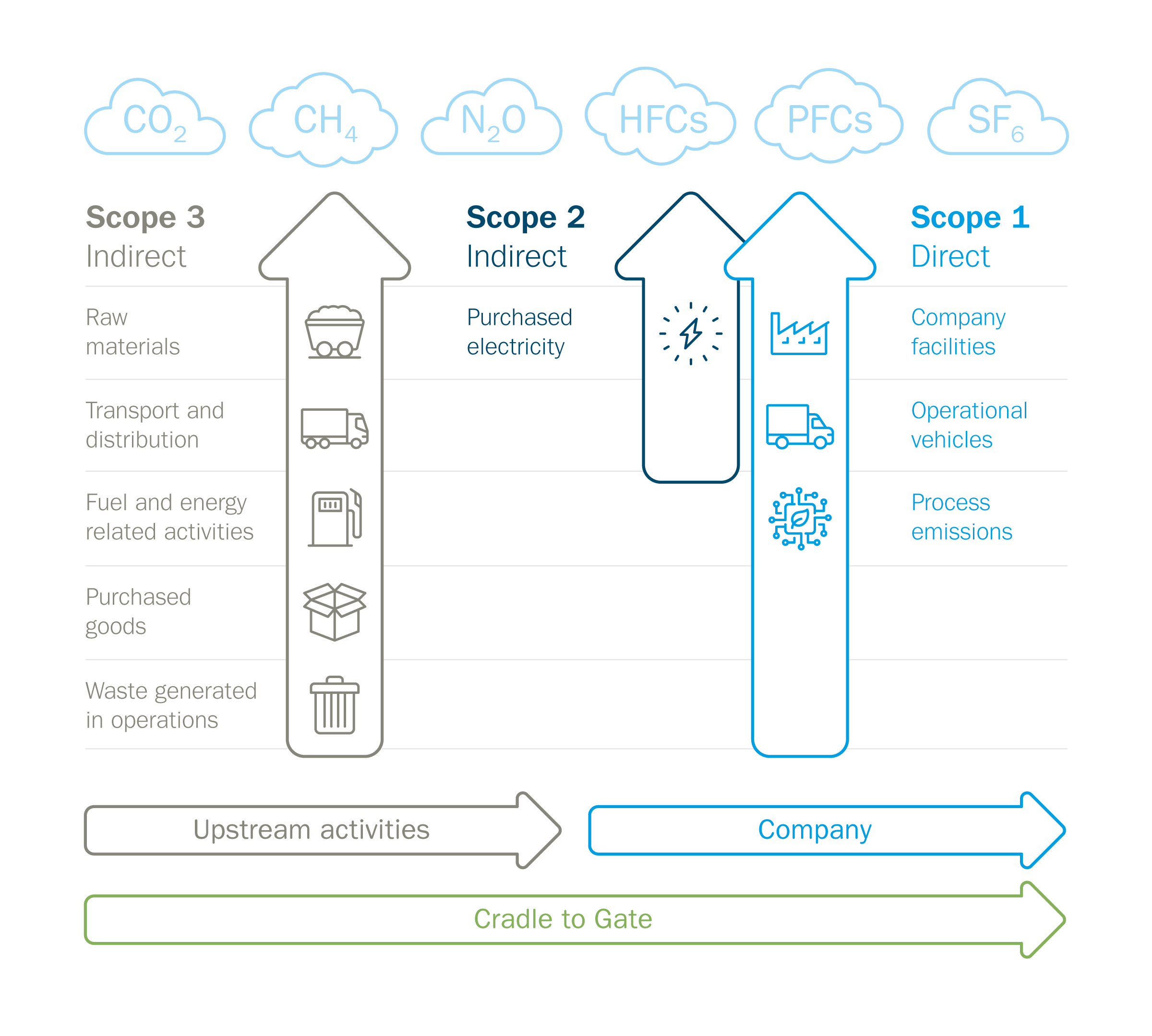Olli Roininen, Outokumpu’s Head of Consumer Goods, explains how our new product-specific carbon footprint for stainless steel products will help the world’s leading appliance manufacturers meet their targets for carbon neutrality and emissions reductions.
In November 2022, we started shipping our stainless steel to customers with a certificate that shows the carbon footprint of the specific products that they have bought. This approach is the culmination of several years’ effort and provides buyers with accurate data that integrates the impact of the alloying components, production route and processing steps required to make the product.
This means that manufacturers can have more confidence in precisely calculating the carbon footprint of their washing machines, dishwashers, driers, and other devices.
Appliance manufacturers will typically also find that buying our material will significantly reduce their carbon footprint. That is because stainless steel grades used in appliances have relatively low alloy content, giving these products a significantly lower carbon footprint than our average carbon footprint of 1.8 kg of CO2 per kg of steel. This is well below the European average for stainless steel of 2.8 kg of CO2 per kg.
Until now, appliance manufacturers have focused their sustainability marketing around using recycled materials. This is fairly straightforward for consumers to understand. They are now preparing to shift their messaging up a notch as recycling is only part of the sustainability story, although it influences the overall carbon footprint of a product.
We have made significant investments over the years to minimize the carbon footprint of our products. Our stainless steel is based on more than 90% recycled content. This cuts carbon footprint as it takes less energy to recycle existing material than process fresh virgin ores. In addition, we have deployed energy-efficient technology and use electric arc furnaces that are powered from zero-carbon Nordic electricity sources.

Translating carbon footprint into market advantage
Our new product-specific carbon footprint data will support OEMs with accurate data calculated using a methodology that has been verified by engineering consultancy WSP. It covers products from our European mills and takes account of CO2 emissions under Scopes 1-3 of the ISO 14040 standard for life cycle assessment.
This data is based on a rolling average of energy used at our mills. It is measured with sophisticated monitoring and measurement at our plants and integrates emissions from energy consumed in production processing steps, as well as embodied CO2 from the alloys we use.
Today’s leading appliance OEMs are working on the development of products with low carbon footprint. This will require accurate and reliable data to integrate into their overall carbon footprint calculations.
They will also need to compare raw materials and semi-finished products on a like-for-like basis to choose the ones that provide a sustainability advantage. A challenge here is that there are variations in the way different suppliers calculate the carbon footprint data for similar products. That is because suppliers may interpret the ISO 14040 life cycle assessment standard in different ways.
Before they can compare carbon footprint data, appliance manufacturers should ask in-depth questions about how suppliers have applied the standard’s product category rules (PCR) under the standard. Different assumptions can make a big difference to the final calculation. This can skew the results, making one product appear better than the other at first glance, when the detail may tell a different story.
There’s even a trend for appliance OEMs and their consultants to undertake their own number crunching by applying the PCRs consistently to get a consistent view of carbon footprint across the supply chain. However, in a world where sustainability is becoming a more important differentiator, it provides confidence in the data that is needed to underpin marketing campaigns.
Although today’s consumers are focused on cost due to current economic conditions, they always remember which OEMs are leading the way with new developments. This includes appliances with new features, as well as transparency over carbon footprint.

The next opportunity for appliance OEMs
The product-specific carbon footprint is the latest development in stainless steel sustainability but we are planning further progress in the future.
One of these is our Circle Green product line. Its carbon footprint is 93% lower than the industry average, the lowest ever achieved for stainless steel. This is thanks to our effort to minimize emissions throughout our supply chain and production. We delivered our first Circle Green stainless steel in June 2022 for Fiskars Group to manufacture cookware at its Sorsakoski factory in Finland.
As we develop the Circle Green product line for more customers and applications, we see it having huge potential to help appliance OEMs develop products with a sustainability advantage over the competition. This will become more important as the conversation around sustainability is shifting from recycling towards carbon footprint measurement.
